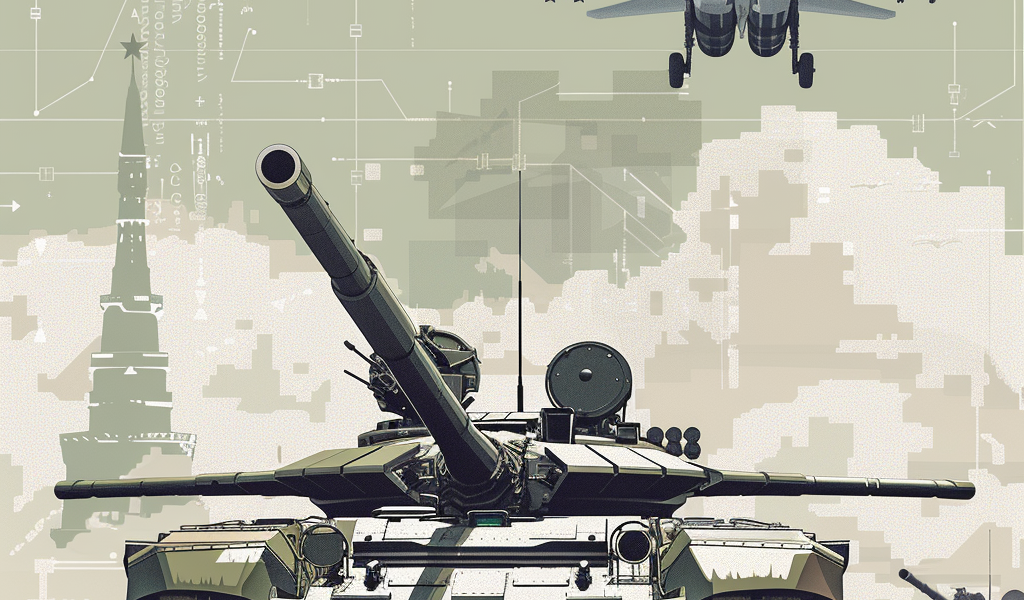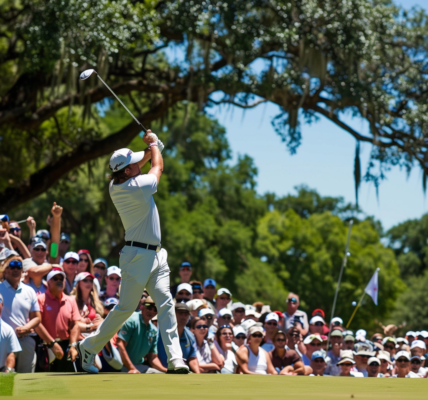As the conflict between Russia and Ukraine continues to unfold, a recent analysis from the CNA think tank sheds light on the current state of Russia’s military capabilities and the impact of Western sanctions on its defense industry. Despite the sanctions aimed at crippling Russia’s ability to produce advanced weaponry, the report suggests that Russia’s military production remains robust, albeit with significant limitations on innovation and the development of next-generation technologies.
According to the CNA report, while Western export controls have not entirely dismantled Russia’s defense sector, they have succeeded in stalling the country’s military technological advancements. The sanctions have effectively ‘frozen’ Russia’s military development at its current level, allowing the nation to continue producing existing weapon systems but hindering its ability to innovate and create new military technologies.
One of the primary challenges facing Russia’s defense industry is the restricted access to modern microchips, which are crucial for high-tech weaponry, particularly drones and missiles. Although Russia managed to stockpile foreign microchips prior to the invasion of Ukraine, its domestic production capabilities remain limited. Companies such as Angström and Micron have struggled to produce advanced microchips, leading to a reliance on imports from countries like China and Turkey.
In addition to microchips, the Russian defense sector is grappling with a shortage of modern CNC (Computer Numerical Control) machines, which are essential for the precision manufacturing of advanced weaponry. With Western suppliers cut off, Russia has turned to purchasing CNC machines from China or attempting to reverse-engineer foreign models. While companies like Kalashnikov have made efforts to adapt by creating domestic versions of these machines, quality concerns have emerged, raising questions about the reliability of the output.
Despite these technological hurdles, Russia continues to produce upgraded versions of Soviet-era weaponry, such as the T-72 tanks and Su-30 fighter jets. These systems, which are based on older designs, remain in demand both within the Russian military and among foreign buyers, thereby securing Russia’s position as a significant arms exporter on the global stage.
However, the creation of entirely new weapons systems has proven to be a formidable challenge for Russia. High-profile projects, including the Su-57 fighter jet and the Armata tank, have encountered significant delays due to outdated technology and high defect rates. This has made the reliable mass production of these advanced systems increasingly difficult.
In the context of the ongoing conflict, the production of high-precision missiles and kamikaze drones has become a focal point for Russia’s military strategy against Ukraine. Notably, Russia has continued to manufacture drones like the Geran-2, which is based on Iran’s Shahed-136 model. These drones utilize Western-made electronics that can be sourced from the open market, allowing for mass production despite the sanctions.
The CNA report underscores a critical aspect of the current military landscape: while Russia’s ability to produce certain weapon systems remains intact, its future military capabilities may be compromised by the inability to innovate and develop new technologies. The reliance on outdated designs and the challenges associated with sourcing modern components could hinder Russia’s long-term military effectiveness.
As the conflict progresses, the implications of these findings raise important questions about the sustainability of Russia’s military production capabilities and the potential impact on its strategic objectives in the ongoing war with Ukraine. The balance between maintaining current production levels and the need for technological advancement will likely play a crucial role in shaping the future of the conflict.





